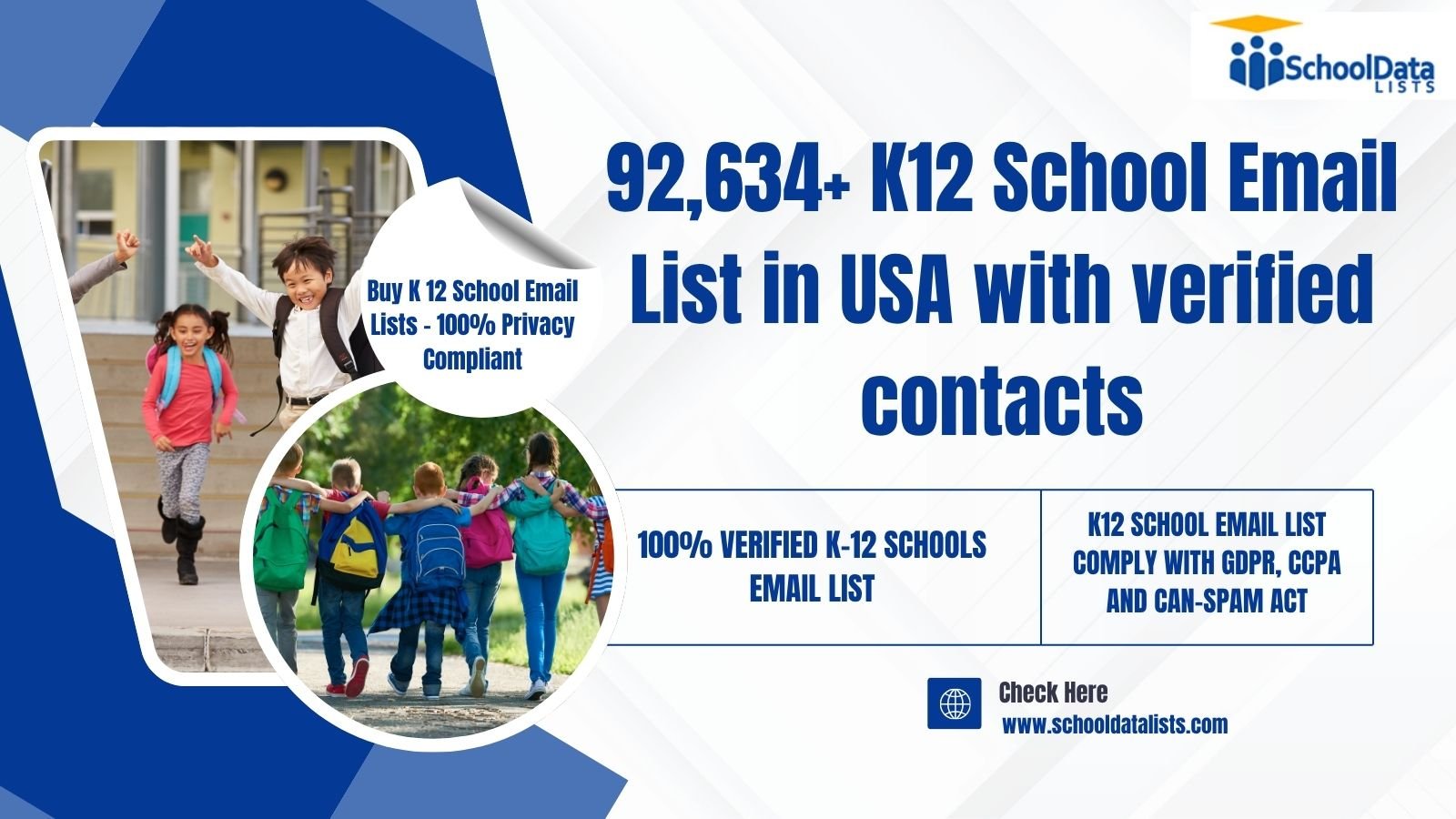Learning management systems (LMS) have quickly become a vital tool for educators, corporate trainers, and HR professionals. Whether it’s facilitating virtual classrooms, hosting employee training sessions, or tracking learner progress, an LMS empowers users to streamline instruction and improve overall learning experiences.
But in a market crowded with options, how do you know which features to prioritize when choosing an LMS? This article breaks down the must-have features educators and corporate trainers should look for, highlights real-world success stories, and explores future trends shaping LMS technology.
Why Learning Management Systems Are Essential
Gone are the days of one-size-fits-all training programs or static classroom learning. LMS platforms offer personalized, flexible, and scalable solutions for education and professional development.
Importance in Education
For educators, LMS platforms provide the infrastructure to virtually manage instruction, engage students, and evaluate results. Particularly post-pandemic, remote and hybrid learning has only amplified the demand. With an LMS, educators can foster collaboration, cater to diverse learning needs, and efficiently distribute resources online.
Importance in Corporate Training
For corporate trainers and HR professionals, LMS tools are indispensable. They allow businesses to create on-demand training, track employee progress, and ensure compliance. Whether onboarding new hires or upskilling long-tenured employees, an LMS ensures that learning activities align with the organization’s goals.
Now, what makes an LMS stand out? Let’s dig deeper into the must-have features.
Key Features Educators Look for in an LMS
Not all LMS tools are created equal. For educators, specific features make an LMS invaluable.
1. Interactive Content Delivery
An effective LMS supports multimedia formats (like videos, graphics, and documents) to create vibrant lesson plans. Tools such as Zoom integration for live classes or pre-recorded lectures also keep learners fully engaged.
2. Assessment and Grading Tools
Educators need tools to create quizzes, set assignments, and provide timely, insightful feedback. GradeBooks or scoring rubrics within an LMS simplify evaluation, ensuring consistency and transparency.
3. Customizable Learning Paths
No two students learn the same way. The best LMS platforms allow educators to customize learning paths by incorporating adaptive learning, so content adjusts based on each student’s progress and proficiency.
4. Cloud-Based Flexibility
Cloud-based LMS platforms like Canvas or Google Classroom enable remote access anytime, anywhere. Students can complete assignments and access study materials across devices without missing a beat.
5. Reporting and Analytics
Analytics dashboards provide insight into learner progress and engagement. Educators can use data reports to identify struggling students and adjust curriculum strategies accordingly.
Essential Features for Corporate Trainers and HR Professionals
Corporate trainers and HR professionals often require a different set of functionalities from an LMS. Here’s what your system needs to succeed in the workplace.
1. SCORM Compliance and eLearning Standards
Content compatibility is critical. An LMS that supports SCORM or xAPI ensures seamless integration with existing training modules, reducing redundancy and minimizing costs.
2. Employee Progress Tracking
HR professionals need built-in tools to monitor performance during training. Analytics dashboards track employee activities, completion rates, and skill development—all essential for evaluating ROI on learning programs.
3. Mobile Learning
A modern LMS prioritizes accessibility. Mobile-friendly systems allow employees to access training anywhere, whether on a lunch break or commuting. Platforms such as TalentLMS make mobile-first design a priority for on-the-go learners.
4. Compliance Tracking
For industries with strict regulations (e.g., healthcare, finance), automated compliance training reminders and tracking features ensure companies stay audit-ready and employees remain certified.
5. Gamification Features
From leaderboards to badges, gamification boosts engagement and motivation. These features create a fun, competitive element that prevents training from feeling like a chore.
6. Integration with Corporate Tools
An LMS compatible with HRIS systems or collaboration tools like Slack makes training seamless. For example, Cornerstone OnDemand offers integrations with systems like Workday and Microsoft Teams, simplifying processes across platforms.
Case Studies on Successful LMS Implementation
1. University Adoption of LMS for Hybrid Learning
A state university implemented Moodle to transition seamlessly into hybrid learning during the pandemic. Features like real-time quizzes and collaborative forums helped students stay engaged while reducing administrative burden on teachers. Post-implementation, student participation increased by 25%.
2. Corporate Upskilling at Scale
A tech company used Docebo’s Learning management system to deliver skills training to over 1,000 employees across multiple time zones. Its AI-powered recommendations suggested content tailored to employees, cutting training program duration by 40% while maintaining effectiveness.
From small-scale universities to large enterprises, these examples highlight how flexible, scalable LMS tools pave the path to better learning outcomes.
Future Trends in LMS Development
The Learning management system landscape is constantly evolving. Staying ahead of these trends ensures you choose a platform that exceeds expectations.
1. Artificial Intelligence
Expect LMS platforms to harness AI for personalized learning. Adaptive AI will fine-tune content delivery in real-time, creating tailored experiences for each learner.
2. Virtual Reality (VR) and Augmented Reality (AR)
Interactive simulations facilitated by AR/VR are poised to revolutionize industry-specific training, such as surgical simulations or engineering tasks.
3. Blockchain for Credentialing
Blockchain technology will offer secure verification of digital certifications and training credentials. This innovation ensures authenticity for recruiters and employers without third-party validation.
4. Social and Collaborative Learning
Modern LMS platforms increasingly resemble social media, integrating discussion boards, group messaging, and peer feedback. This trend fosters collaborative learning environments, especially in remote settings.
5. Advanced Gamification
The future of gamification may include elements like AR game-based challenges and real-time progress tracking in virtual leaderboards for added learner engagement.
Building the Ideal Learning path for Your Needs
The landscape of learning is changing faster than ever, and the right LMS can be the difference between success and stagnation. Whether you’re an educator managing a classroom or an HR professional training a global workforce, an LMS with customizable features can elevate your approach to learning.
Focusing on interactivity, adaptability, and integration is crucial, but don’t overlook the importance of scalability as your needs evolve. Take advantage of the growing trends like AI or mobile-first approaches to future-proof your investment.
The tools are available. The question now is, are you ready to explore them?














Leave a Reply